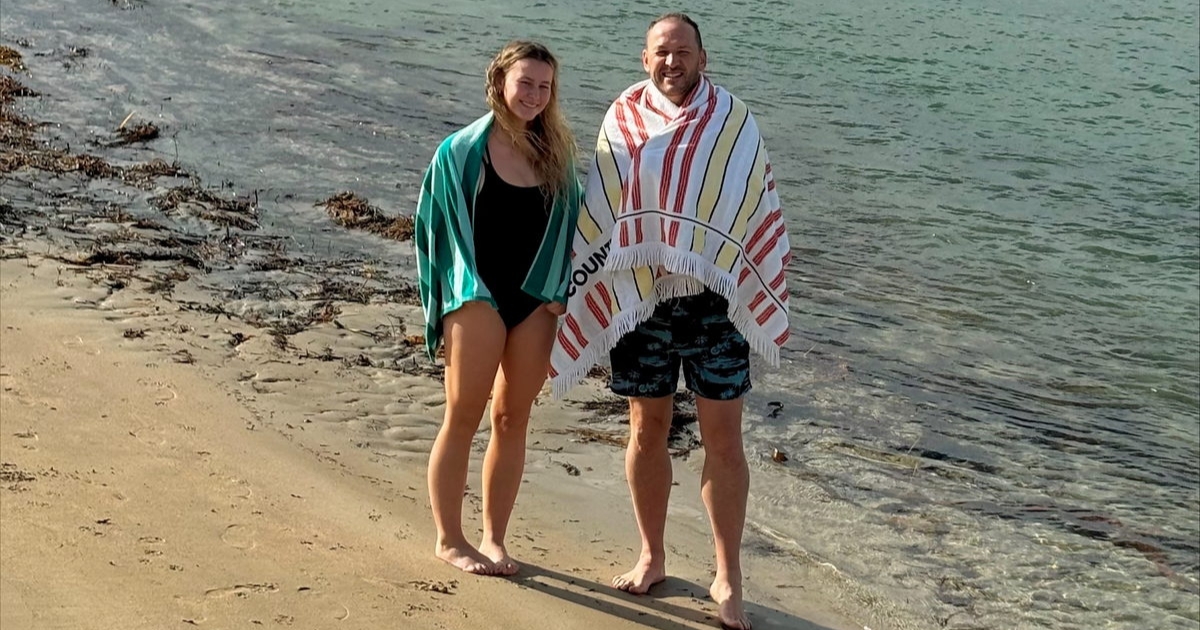Rock lobsters thriving in local ecosystems

Rock lobsters are thriving in Wilsons Promontory Marine National Park, Merri Marine Sanctuary and Point Addis Marine National Park. Photo: JOHN TURNBULL
PARKS Victoria’s latest surveys of rock lobsters in Victorian marine protected areas have found populations are thriving, indicating that Wilsons Promontory Marine National Park, Merri Marine Sanctuary and Point Addis Marine National Park are each playing their part in conversing critical marine ecosystems.
Established to protect the state’s marine environments and species, Victoria’s network of marine national parks and sanctuaries have now been operating for approximately 17 years.
Parks Victoria marine science manager Dr Steffan Howe said the surveys discovered larger rock lobsters and in some cases more than triple the number of those outside marine protected areas.
“The rock lobsters in Wilsons Promontory Marine National Park were large – big enough to feed on the black-spined sea urchins which destroy kelp forests and seaweed meadows if left unchecked,” he said.
Dr Howe said although people see rock lobsters as food, many aren’t aware of their important predator role in the marine environment.
“Rock lobsters are a key indicator of ecosystem health,” he said.
The surveys investigated similar habitats inside and outside of marine protected areas, with results indicating a higher level of rock lobsters in marine protected areas.
“Marine protected areas are managed for conservation so we expected the number of rock lobsters to be higher than elsewhere, but that doesn’t mean areas outside of marine protected areas are not well managed,” he said.
Conducted in partnership with Deakin University, commercial fishers and Australian Marine Ecology, Parks Victoria continues its collaborative research approach to ensure successful marine management.
Daniel Ierodiaconou, Associate Professor in Marine Science at Deakin University, agreed with Dr Howe.
“The massive rock lobsters at Wilsons Prom are likely to protect the area from invasion and prevent this from becoming a ‘stepping stone’ for the invading sea urchins to spread across the rest of the state,” he said.
With Parks Victoria and Victorian Fisheries Authority regularly patrolling marine protected areas for illegal fishing, the survey results suggested good compliance in no-take fishing zones.

















